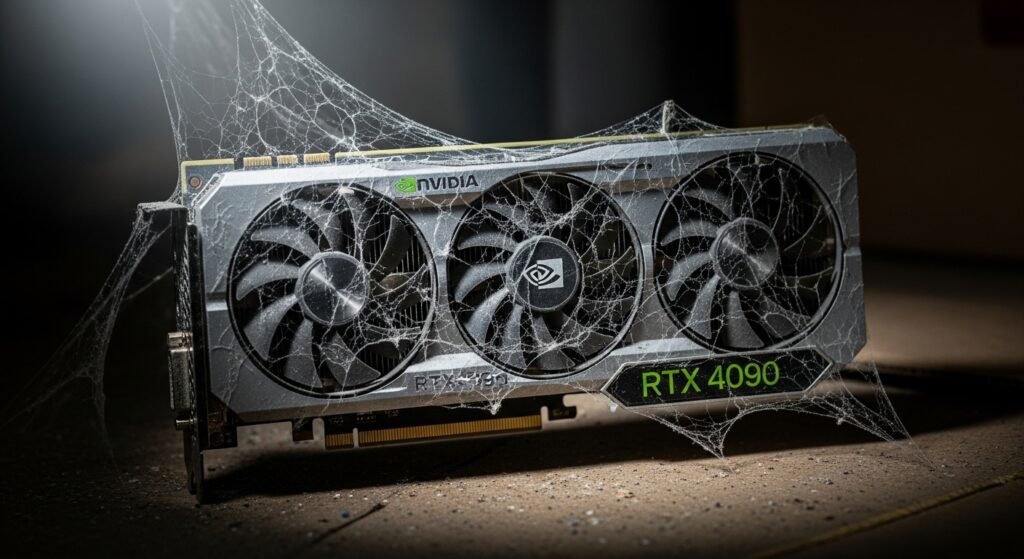Why choose between a real-time tool and a photorealistic renderer? That’s the question that hooked me into wanting to learn Twinmotion from Epic Games.
I’ve been exploring AI video generation to help me make animated scenes for a major project I’m working towards, but no matter how hard I try I rarely get what I’m looking for. I found I’m especially limited if I want a simple animation that loops. I also felt that using AI was pulling me away from building virtual environments, which felt like a step in the wrong direction for meeting my long-term skill development goals.
Here’s an example Ai video that emphasizes the challenges of trying to control AI to deliver the results that you have in mind. This was an epic failure I simply gave up on after almost getting it! It took forever just to get the scene right, which resulted in complete trash once I finally animated it 😒
Twinmotion puts me in the driver’s seat by giving me full control over building virtual environments, architecture, lighting, weather, atmosphere, and even characters interacting in my scenes. That includes people wandering around in my space colony tubes!
From your single Twinmotion project, you can create gorgeous path-traced stills and walkthrough videos, immersive VR experiences, explorable presentations, and even interactive configurators.
Here’s a video that provides an overview of what Twinmotion can do:
Learning Path
I’m starting with the Twinmotion for Art Departments course, which is a comprehensive guide to using Twinmotion as a powerful visualization tool. It also goes over how the tool got started and how it fits into into the Epic ecosystem with its Unreal Engine integration.
I also found this video super helpful in learning the controls and how to optimize scenes, which is always valuable when working with 3D.
While most Twinmotion scenes tend to be earthbound, this tutorial helped me understand that the sky is not the limit by teaching me how to develop scenes in space!
Stay Tuned!
While this adds another tool that I’ll need to learn, Twinmotion seems fairly intuitive. Plus, the time spent on this will probably replace the time I’d waste fighting with AI to get it to comply.
Plus, I get the feeling people will appreciate the fact that my art won’t be generated by AI.
I’ve been inspired by other artists and have been wondering exactly how they pull off their epic visuals. Seems like Twinmotion could be the exact tool they’re using, so I’ll see how well it aligns with my new project’s needs.
I’m intentionally being a bit vague, but if you stick around you’ll start to see where I’m heading fairly soon.
Everything is FINALLY coming together into a single cohesive project that I hope you’ll enjoy experiencing as much as I do bringing it into reality!





